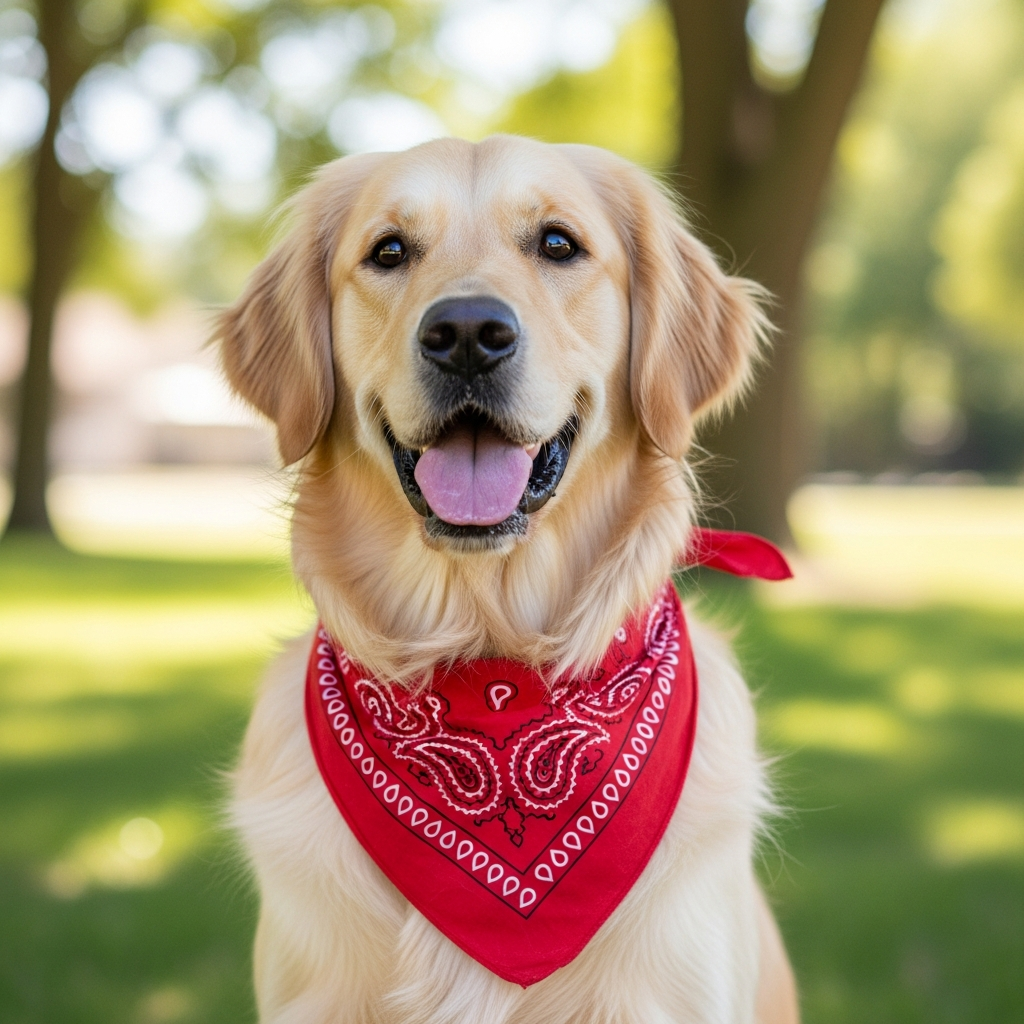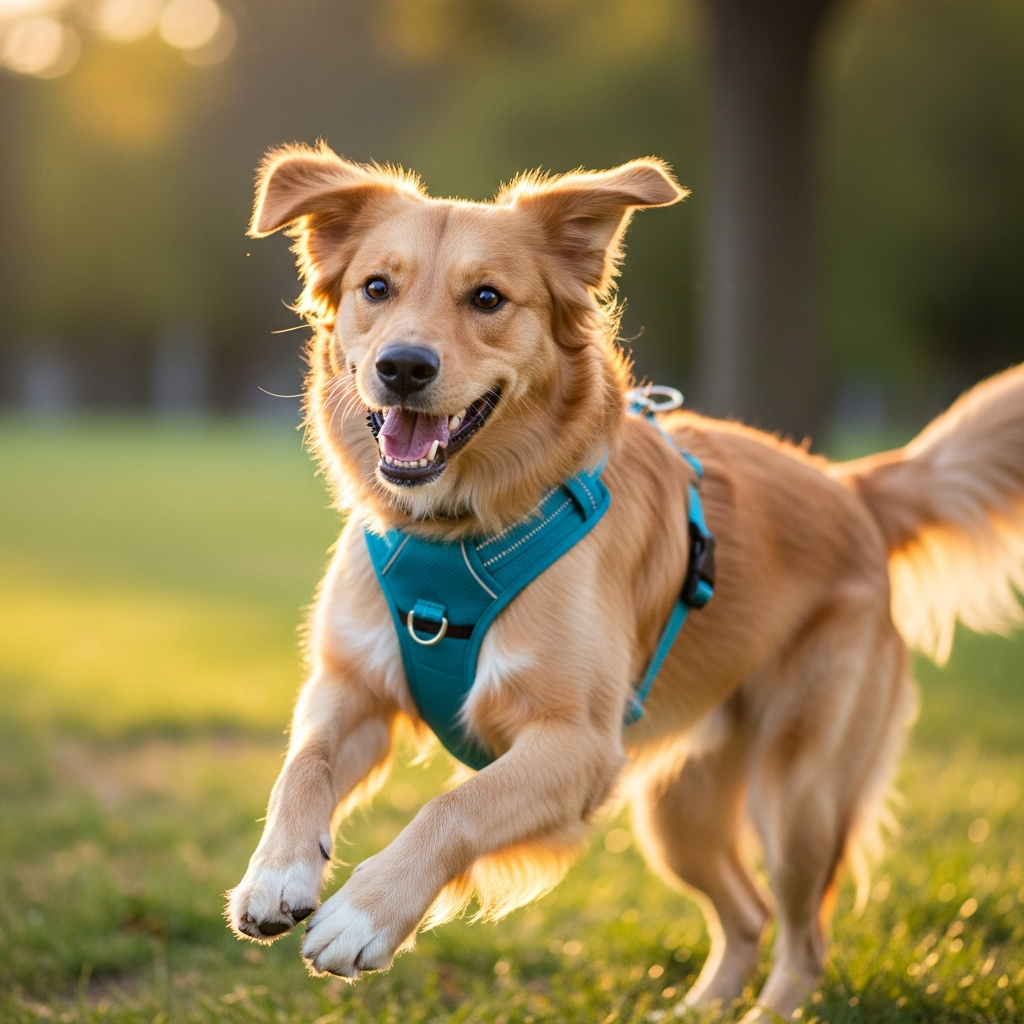Are you wondering if your dog actually needs that cozy blanket you bought? It's confusing to know whether you're providing real comfort or just indulging a human desire to tuck them in.
Yes, most dogs like blankets because they tap into their natural instincts for warmth, comfort, and security. A blanket can feel like a den, making them feel safe. However, every dog has a personal preference, so it's best to observe their behavior.
In all my years designing pet accessories, I've seen firsthand how understanding a dog's core behaviors is the key to creating products they’ll truly love. It's not just about aesthetics; it's about function and instinct. A simple blanket might seem basic, but its role in a dog's life comes from a deep-seated need for a safe space. Let's explore why some dogs burrow under, while others prefer to lie on top, and how you can use this knowledge.
Do dogs like to be covered by a blanket?
You see your dog burrowing into cushions and wonder if you should cover them. But you worry about their safety or making them uncomfortable. Is it the right thing to do?
Many dogs love being covered by a blanket because it mimics the feeling of a safe, warm den. This is especially true for burrowing breeds like Dachshunds and Terriers. Always use a lightweight, breathable blanket to ensure they can get out easily.
Dive Deeper: The Denning Instinct in Action
When I consult with designers like Frank, we often discuss how animal instincts should drive product features. The desire to be covered stems from a dog's "denning instinct." Their ancestors sought out small, enclosed dens for safety from predators and the elements. A blanket can recreate that secure, womb-like environment in your living room. Breeds with a strong history of hunting small animals in tunnels, like Dachshunds, Jack Russell Terriers, and Beagles, are natural burrowers. They will actively seek out opportunities to tunnel under blankets, pillows, or even your laundry.
You can tell your dog enjoys being covered if they nudge the blanket, stay under it willingly for long periods, and seem relaxed or fall asleep. If they immediately struggle to get out, seem agitated, or start panting, they are telling you they don’t like it. The most critical design factor for a pet blanket is safety. Always use materials that are lightweight and breathable, and never tuck them in so tightly that they can't get out on their own.
Should you put a blanket on a dog at night?
Winter nights get cold, and you worry about your dog. You don’t want them to be chilly, but you also don’t want to make them uncomfortably hot by covering them while they sleep.
It depends on your dog's coat, age, and the room's temperature. Short-haired breeds, small dogs, puppies, and senior dogs often appreciate a blanket for warmth. Dogs with thick double coats, like Huskies, usually don't need one and may overheat.
Dive Deeper: A Personalized Approach to Comfort
This is a perfect example of why one-size-fits-all solutions don't work in the pet industry. As a product developer, you must think about different user segments. A blanket that’s perfect for a Chihuahua would be useless for a Newfoundland. When deciding if a dog needs a blanket at night, consider these factors.
Factors Determining a Dog's Need for a Blanket
| Factor | Needs a Blanket (Higher Chance) | Doesn't Need a Blanket (Lower Chance) |
|---|---|---|
| Coat Type | Thin, single-layer coats (e.g., Greyhounds, Whippets, Chihuahuas). | Thick, double-layer coats (e.g., Huskies, Malamutes, Samoyeds). |
| Size & Age | Small breeds, puppies, and senior dogs who lose body heat faster. | Large, healthy adult dogs in their prime. |
| Health | Dogs with arthritis or other illnesses who may benefit from warmth. | Healthy dogs with no underlying conditions. |
| Room Temp | Sleeping in a cool or drafty room (below 65°F / 18°C). | Sleeping in a warm, well-insulated room. |
A great product strategy is to design different blankets for these different needs. For instance, at Raysunpets, we can help brands develop self-warming blankets with heat-reflective technology for senior or short-haired dogs, or lightweight, breathable cotton blankets for general use in warmer climates. Understanding the end-user is everything.
What is the 7 7 7 rule for dogs?
Bringing a new dog home is exciting but also stressful. You've heard about adjustment periods but don't know what to expect. This uncertainty can make the first few weeks feel overwhelming.
This is commonly known as the "3-3-3 Rule" and describes a new dog's adjustment period: 3 days to decompress, 3 weeks to learn your routine, and 3 months to feel fully at home. It’s a helpful guideline for managing expectations.
Dive Deeper: Creating Security During Transition
I've seen many brands create "new pet starter kits," and the most successful ones are built around this adjustment principle. While some people might refer to it as the 7-7-7 rule, the standard guideline is 3-3-3, which outlines the typical phases a rescue dog goes through.
-
The First 3 Days: Your new dog is likely overwhelmed and scared. They're in an unfamiliar environment with new people, sights, and sounds. They may not eat much, seem shy, and will spend a lot of time observing. During this phase, it’s not about training; it’s about providing a safe, quiet space. A crate with a soft, comfortable blanket scented like their old environment (if possible) acts as a secure "den" where they can retreat and decompress.
-
The First 3 Weeks: Your dog starts to settle in. Their real personality begins to emerge as they learn your household's routine. They are testing boundaries and figuring out where they fit in. Consistency is key during this time.
-
The First 3 Months: By now, your dog has likely built trust and feels secure. They understand they are "home" and have bonded with you. Their behavior is more predictable as they have fully adapted to their new life.
A simple, soft blanket plays a surprisingly large role in this process, offering consistent comfort and security from day one.
Should I cover my dog while sleeping?
You want to tuck your dog in, but you're not sure if it's safe. What if they get too hot or can't breathe? The worry can keep you from providing potential comfort.
You should only cover your dog if they seem to enjoy it and you use a safe, lightweight blanket. Never force it. Ensure the blanket is breathable and your dog can easily get out from under it. Always watch for signs of overheating, like panting.
Dive Deeper: Safety First, Always
From a product manufacturing standpoint, safety is the number one non-negotiable. This applies just as much to blankets as it does to harnesses or toys. When a client comes to me with an idea for a pet blanket, the first questions I ask are about material and weight. A blanket for a dog should never be a heavy, weighted human blanket, which can be a trapping hazard.
Here’s a simple checklist to follow:
- Observe First: Does your dog naturally burrow or try to get under things? If so, they are a good candidate. If they always sleep stretched out in the open, they probably prefer to be uncovered.
- Choose the Right Material: Opt for soft, breathable materials like fleece or light cotton. These provide warmth without trapping too much heat or moisture. As a manufacturer, we can source a variety of fabrics to match your brand's quality and price point.
- Keep it Loose: Never tuck the blanket in tightly. Simply drape it over your dog so they can move around and get out whenever they want.
- Watch for Overheating: Signs include panting, restlessness, or repeatedly getting out from under the blanket only to lie on top of it.
By following these guidelines, you can provide comfort safely, strengthening the bond with your dog. For brands, this focus on safety and material choice is how you build trust with your customers.
Conclusion
Most dogs do like blankets for warmth and security, but preferences vary. Observe your dog's behavior and choose safe, appropriate materials to provide them with the ultimate comfort.
Cindy Long is the Sales Manager of Raysunpets and a pet lover with over 12 years of experience in exporting pet products. She specializes in providing customized dog chest carriers, leashes and pet accessory solutions for the European and American markets, always focusing on the real needs of customers and pets, and is committed to creating high-quality, practical and comfortable products that allow fur kids to live happier lives.


